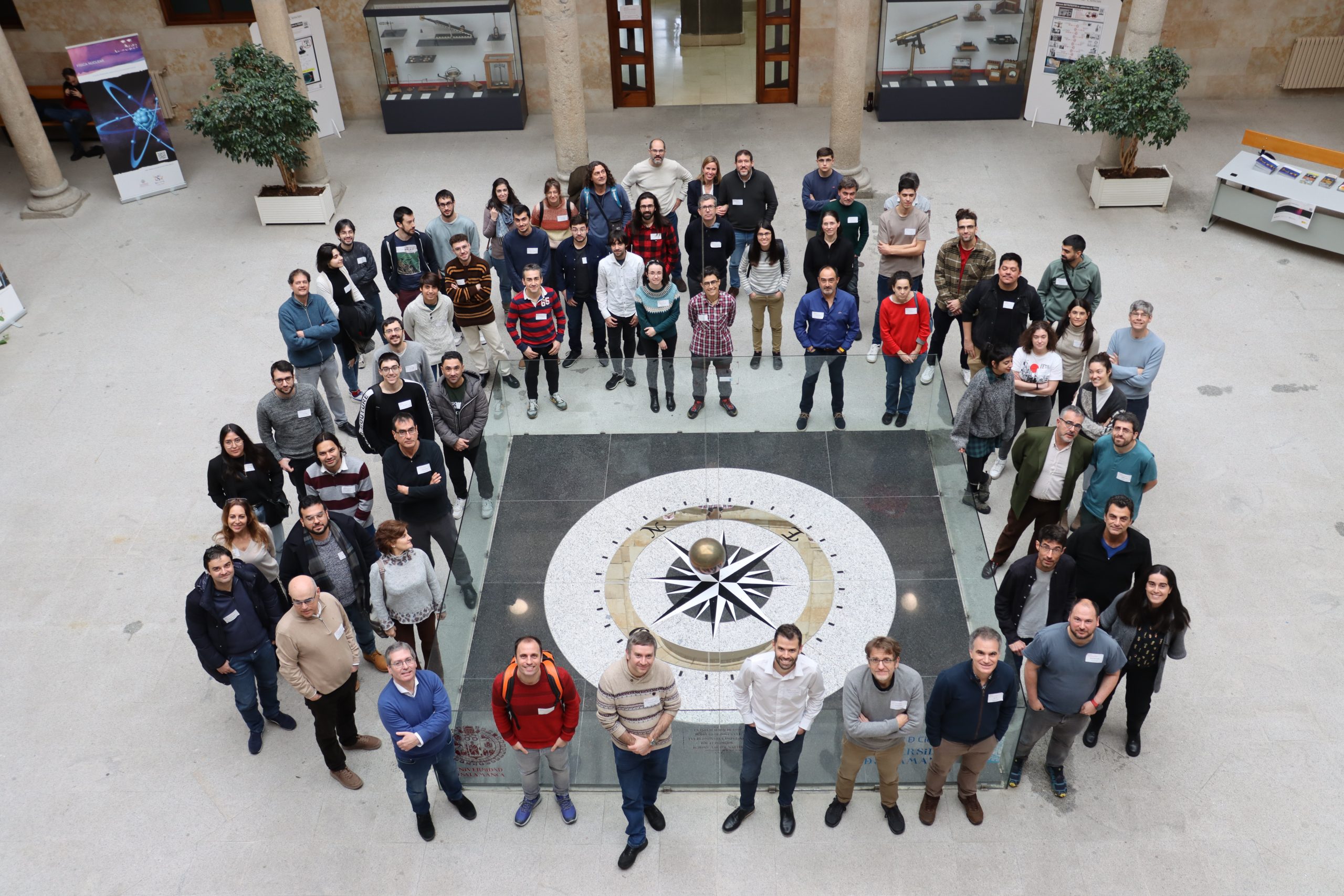On Monday, March 18th, the President of the Junta of Castilla y León, Alfonso Fernández Mañueco, held a meeting with seven out of the nine researchers from the region selected in the European Research Council (ERC) program, among whom is Carlos Hernández García, a member of the ALF Group – USAL and principal investigator of the Attostructura project.
The news has been widely disseminated by several media outlets, which have issued press releases regarding the matter.
- Castilla y Leon Television, “Nueve investigadores reciben casi 17 millones de euros de las becas ERC para investigar en Castilla y León” (18/03/24)
- Comunicación Junta Castilla y León, MAÑUECO DESTACA QUE EL LIDERAZGO DE CASTILLA Y LEÓN EN ATRACCIÓN DE TALENTO INVESTIGADOR DE EXCELENCIA CONTRIBUIRÁ A GENERAR MÁS ACTIVIDAD Y EMPLEO (18/03/24)
- Diario de León, Mañueco apuesta por un cambio económico de la mano de la ciencia (18/03/24)
- SoriaNoticias, Mañueco destaca que el liderazgo de Castilla y León en atracción de talento investigador de excelencia contribuirá a generar más actividad y empleo (18/03/24)
- ABC, La «élite» de la investigación destaca la «calidad científica» y el talento de Castilla y León (18/03/24)












